TERRA TRIBUTA

Menu
ABONNEZ-VOUS
A L'INFOLETTRE
A L'INFOLETTRE
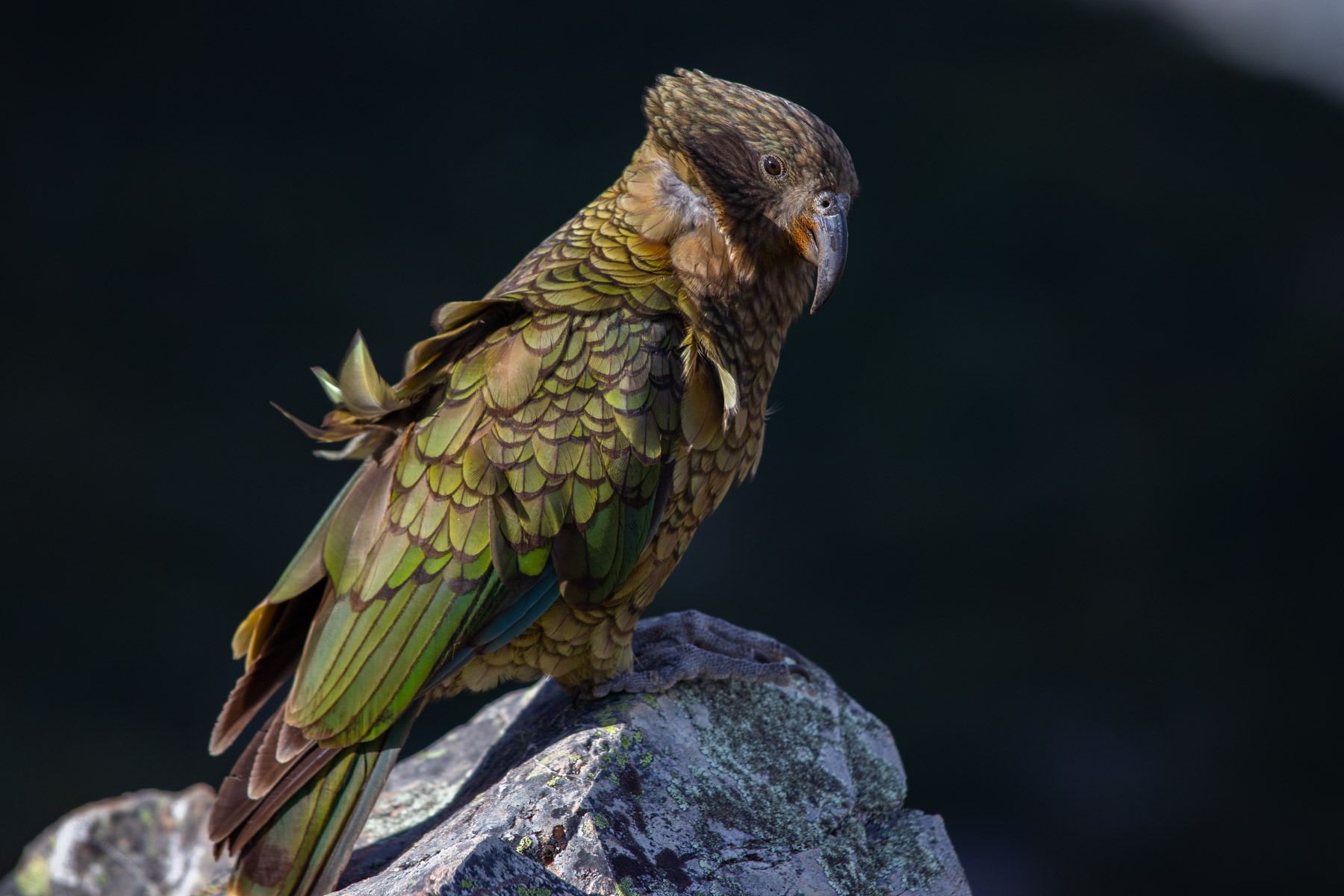
A loud call echoes through the valley. In no time at all, a splendid kea lands beside us. The world’s only species of alpine parrot is a real beauty. Their green feathers contrast beautifully with the bright red and orange ones under their wings. These birds are truly charming, curious and, above all, highly intelligent!
During our stay in Aoraki/Mont Cook National Park, we observed them on several occasions, alone, in groups, eating or squabbling. They have a reputation as clowns, sometimes destructive. Given their great interest in rubber, bicycle saddles and windshield wiper blades make very popular toys for keas! Unfortunately, the Nestor Notabilis species is threatened by extinction due to a persistent decline in the adult population.
To find out more: visit NZ Birds Online
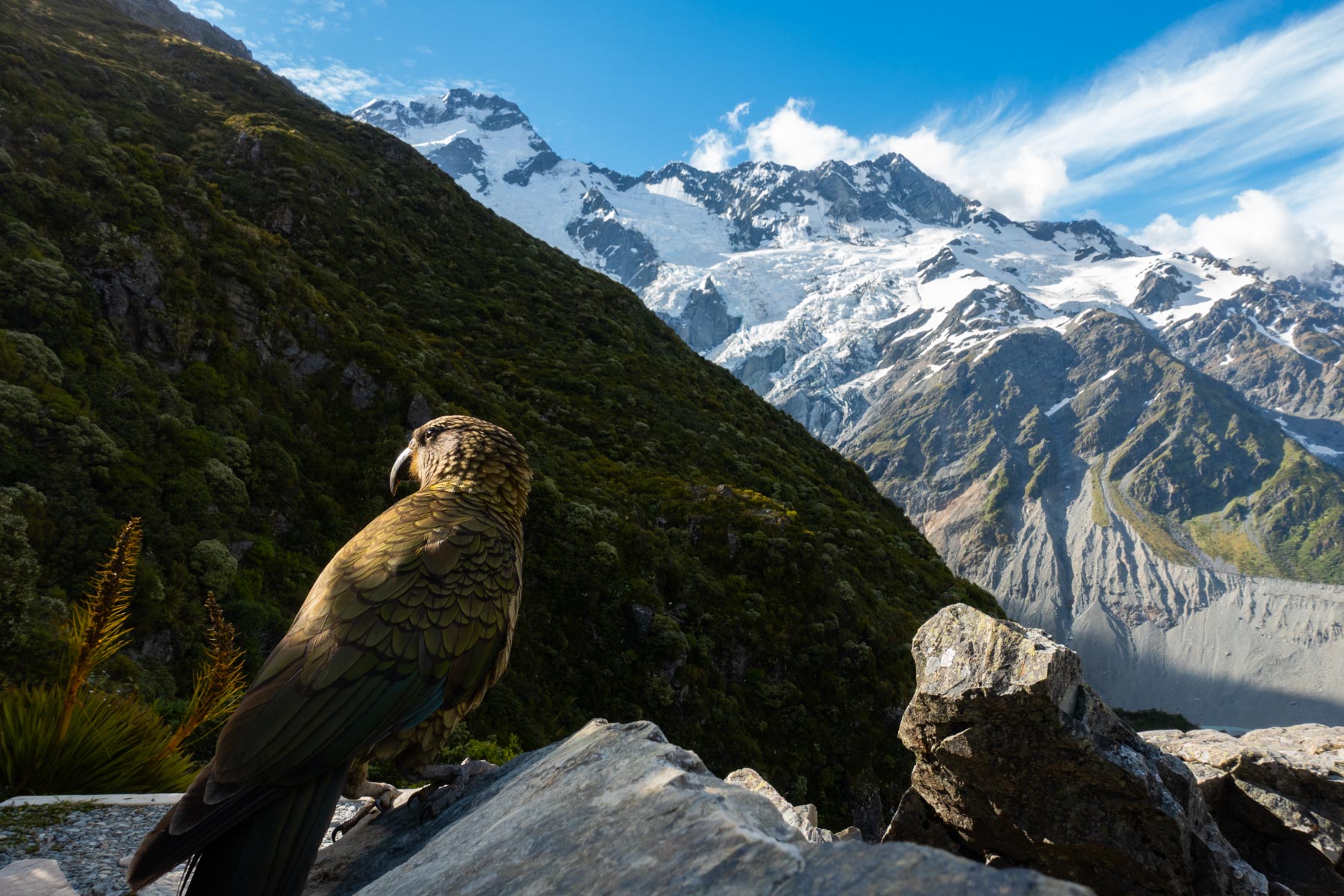
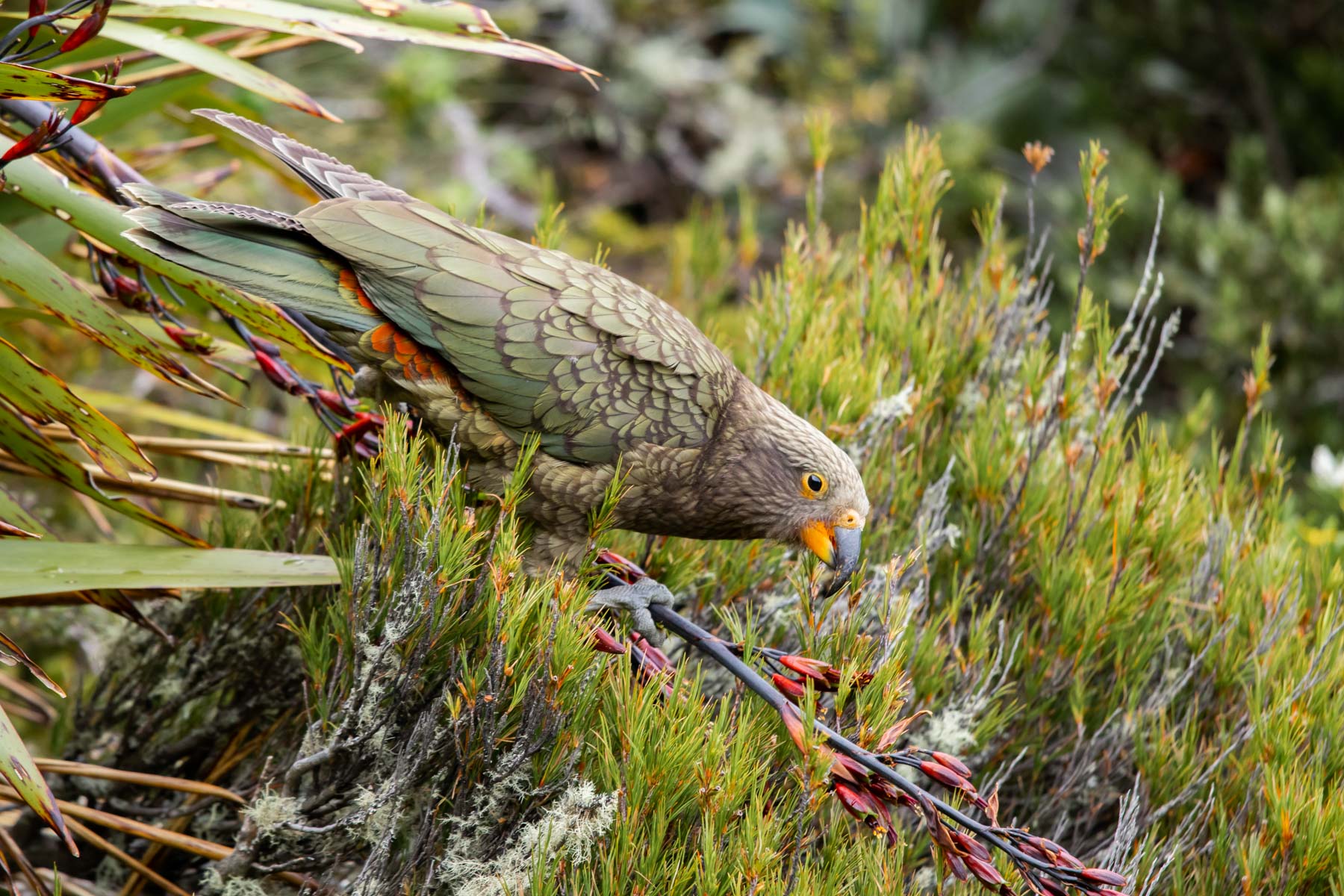
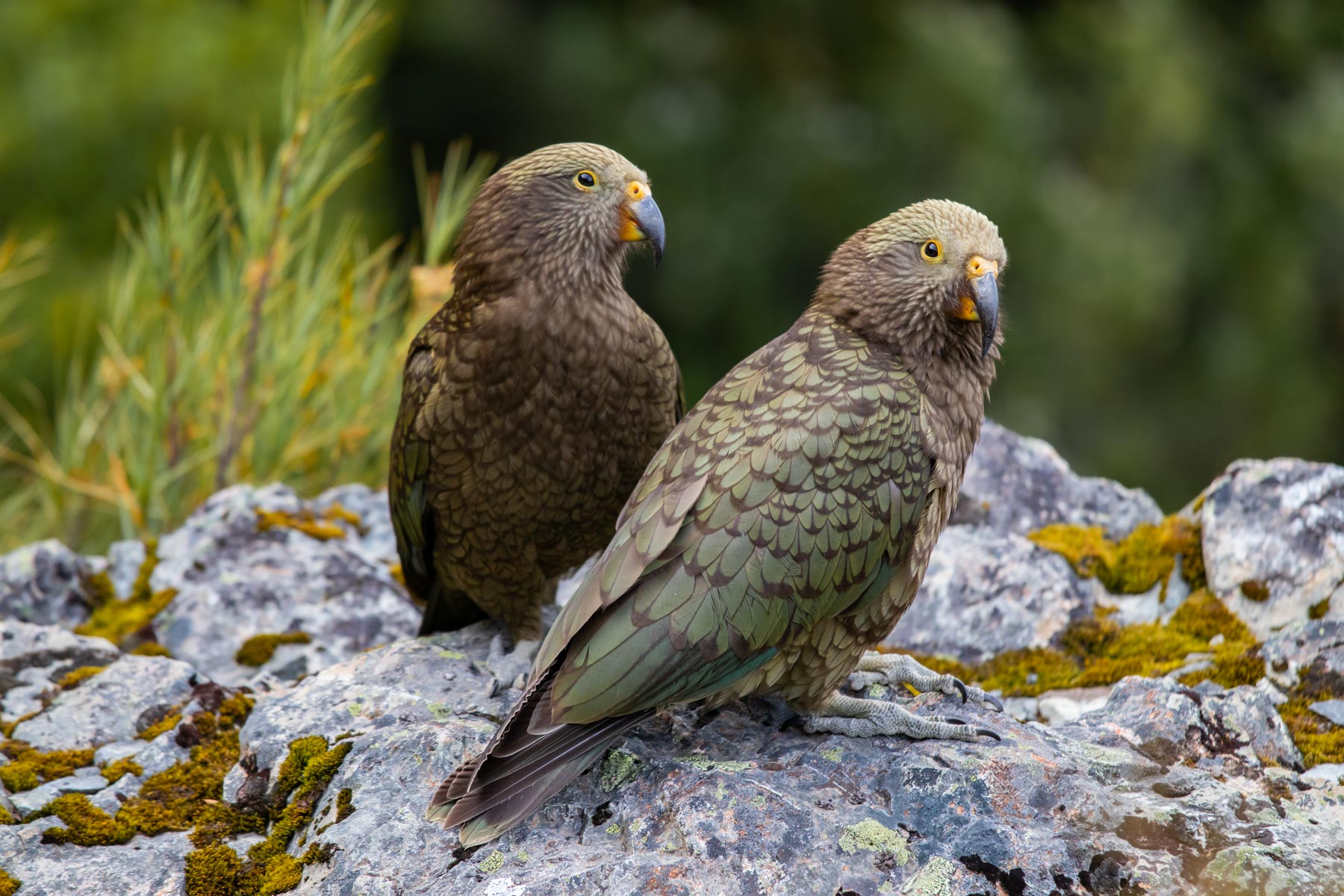
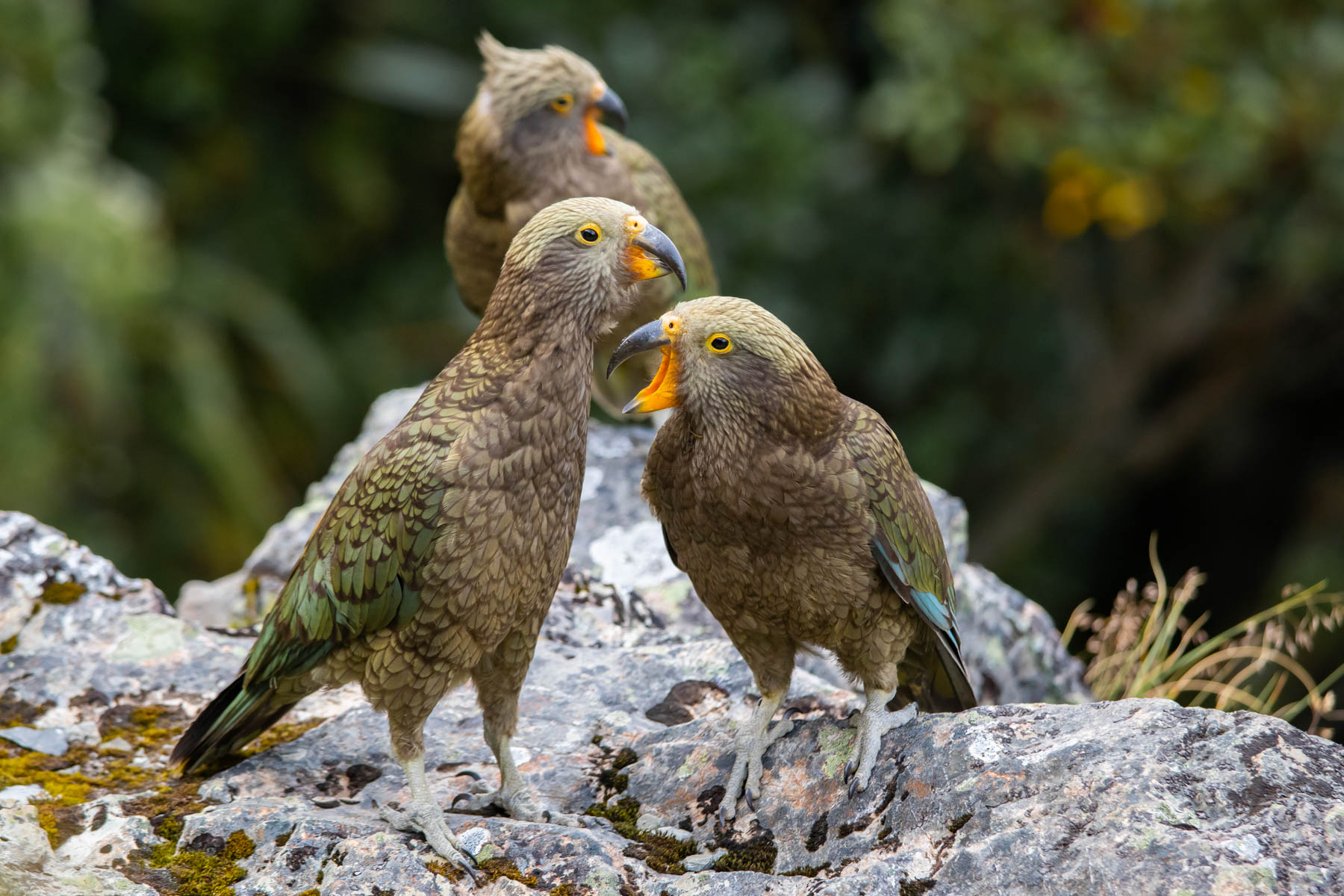
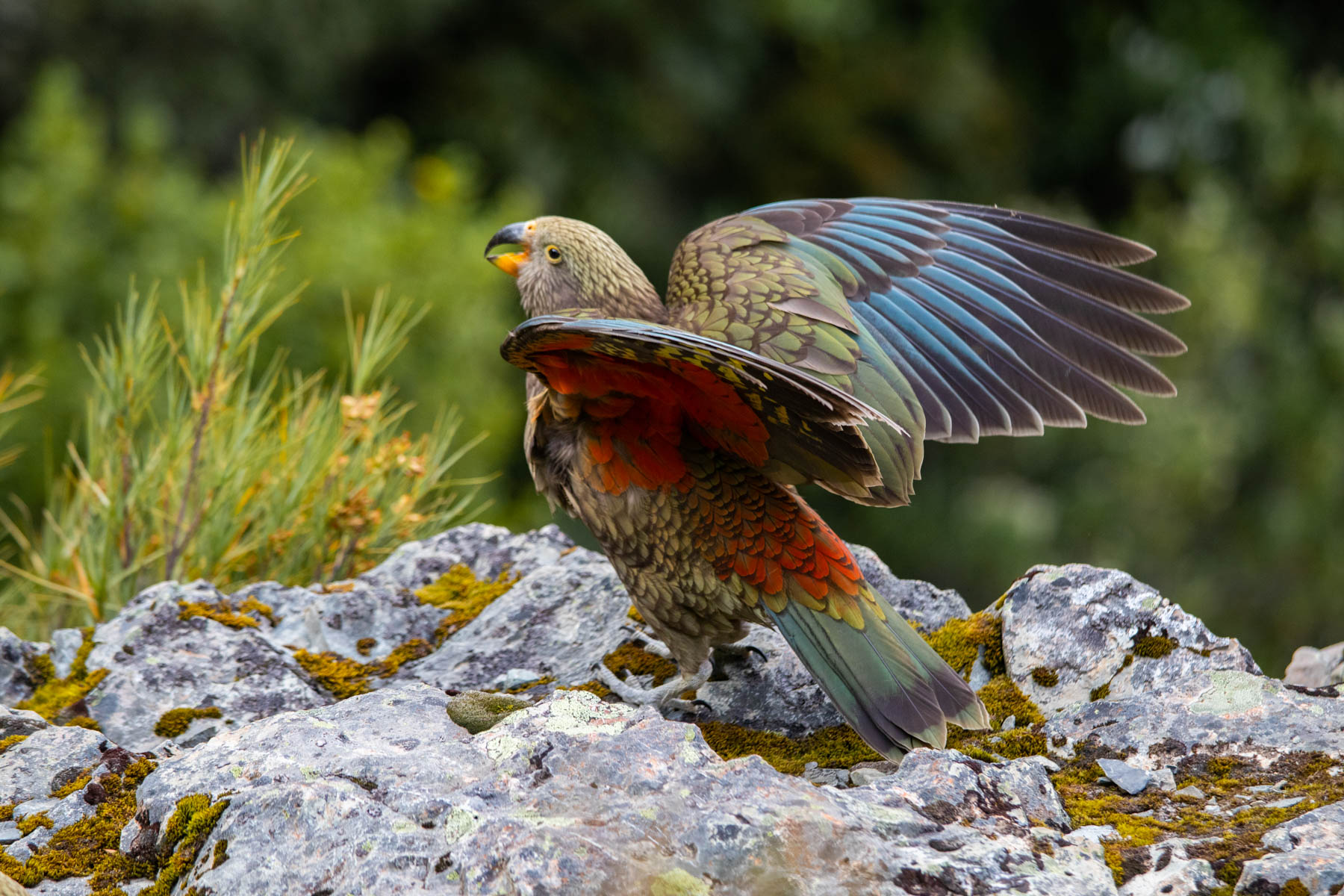
This function has been disabled for .